Himalayan Balsam
This non native plant, introduced by the Victorians, is quickly becoming more common due to its seed dispersal and as it can grow from seed to two and a half metres in one season can crowd out native plants.
DO NOT SPREAD THE SEEDS OF THIS PLANT! THE TRANSPORTATION OF SEEDS OF THIS PLANT OR THE PLANT ITSELF IS AN OFFENSE IN THE UK!
| Hedgerow Type | |
| Common Names | Himalayan Balsam, Policemans Helmet, Bobby Tops, Copper Tops |
| Scientific Name | Impatiens glandulifera |
| Season Start | Mar |
| Season End | Nov |
Flowers
Different hues of white, pink and purple and very ornate with a hood like shape, hence the common names.
Seed Pods
The explosive seed pods are thinly kite shaped and green with red veins. The seeds start off white becoming black and eventually very hard.
Possible Confusion
Balsam is a distinctive plant and with its flowers and seed pods can be positively identified.
Taste
The young leaves have a neutral taste, the older leaves can be a bit bitter.
The seeds have a pleasant nutty taste and seem better when pale in colour before turning black and becoming quite hard.
Frequency
Becoming more common alongside British waterways every year.
Collecting
The young leaves are best for salads, the older leaves can be used in soups and stews.
The seeds can be collected by placing a bag over as many seed pods as possible and shaking.
The flowers can be used in salads.
Medicinal Uses
An extraction of this plant is used in homeopathy to treat anxiety.
Other Facts
When mature the seed pods are under a lot of tension and the slightest touch will cause them to jettison their seeds up to seven meters away from the parent plant making this a very successful coloniser of the British countryside.
It is not too difficult to eradicate Himalayan Balsam as it is very easy to pull up and the seeds only stay viable for a few years.
The hollow stem can be used as a straw.



 (22 votes, average: 3.50 out of 5)
(22 votes, average: 3.50 out of 5)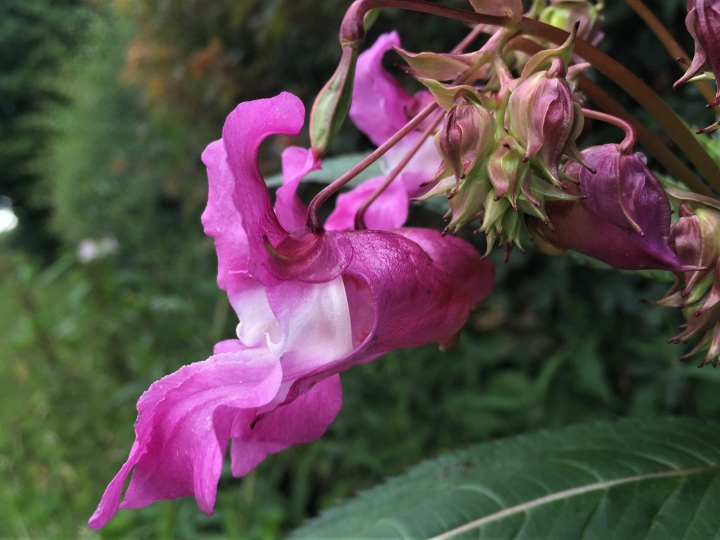















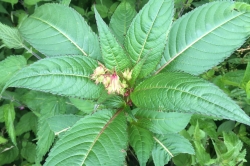
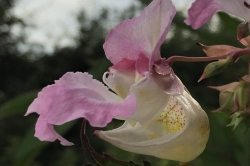
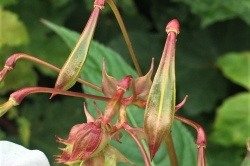
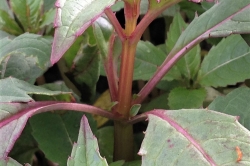
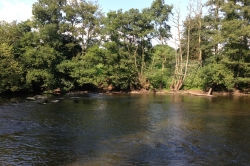




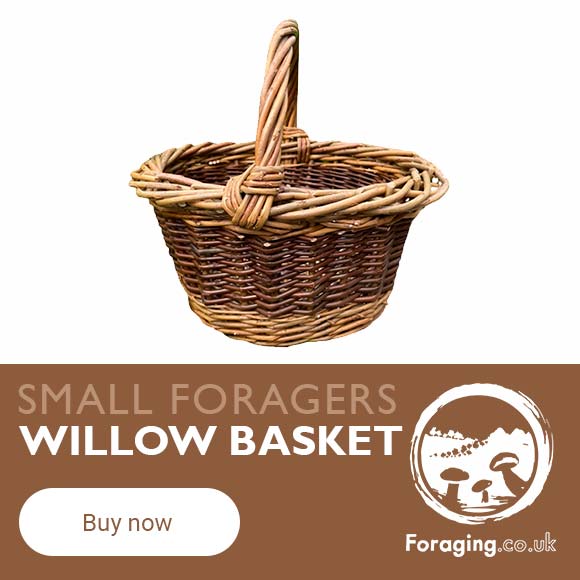

8 comments for Himalayan Balsam
My Stepfather, still alive at over 100 now,. worked as a manager in a cotton factory in Rossendale, in Pennine Britain. He would (unwittingly) bring home seeds and even small creatures, – usually dead, which had hitched a lift on the raw cotton bales..
As a youngster, I would often grow these seeds. Himalayan Balsam was one of my successes. Before, around 1978, I don’t remember these Balsam plants growing, but soon after, they had spread, using the numerous streams which fed the upper River Irwell. I found this plant Very interesting! – Especially the ripe seed pods! Best Regards. Eddie Hoare.
I have successfully used the seeds of Himalayan Balsam baked in with a ginger nut biscuit mixture.
I’m delighted to learn this plant can be eaten, as it occasionally springs up as a weed on my allotment plot (near a stream).
Thanks for the info!
I’ve been looking for the name of this plant for ages! It grows on the property I’m renting on. Happy to see that it is edible. Thanks!
Just made a magical himalayan balsam gin from it’s flowers from a recipe by craftinvaders. . Pleasant and refreshing drink with a floral taste when mixed with tonic. The magical bit is that the gin is a straw colour, but when you add tonic water to It the glass it immediately turns pink. A true pink gin.
I was shown this plant in 1968 on a field trip with a friends evening class. It must have been fairly uncommon then as I remember the lecturer telling us about it interesting seed propagation, rather than the invasive weed it is now regarded as.
We live by a river. The Balsam has just about taken over all the hedgerows! It looks pretty at this time of the year, but it’s crowded out a lot of other plans. I’m glad to hear it’s edible – there’s so much of it, we’ll never starve!
Himalayan Balsalm is considered highly invasive and a serious problem. The insects love it, therefore it deprives many native plants of their pollinators. It takes up a lot of ground space and is tall, so it deprives other species of earth to grow in. It takes over vast areas especially by rivers. The river corridors spread it widely. I have been out on several tasks with conservation groups earlier this year, helping on several ‘balsam-bashing’ sessions as they are often named, pulling up the horrible (though beautiful in appearance) things. We pull loads up (shallow roots luckily) really thoroughly , and yet weeks later there are lots more which sprang up from the tiny seedlings which we missed. Each one has several hundred seeds so they are really difficult to keep to keep on top of: in fact it’s not possible to keep on top of them. There are just not enough land workers, conservation workers and volunteers to go around considering the plants are so prolific and efficient at spreading. An absolute nightmare plant!